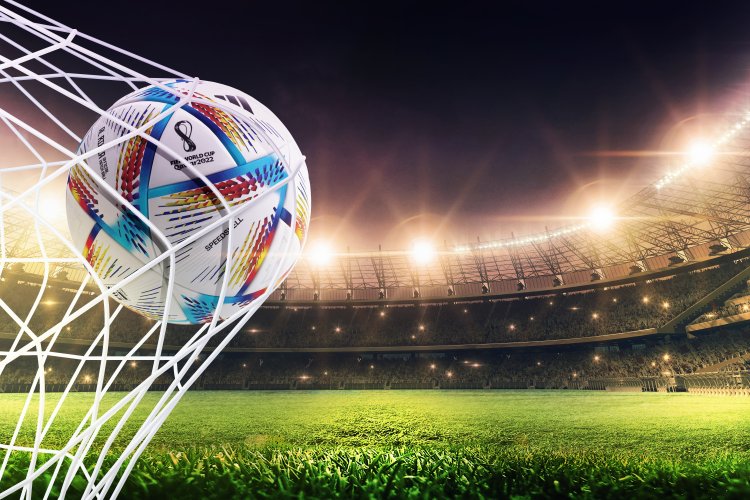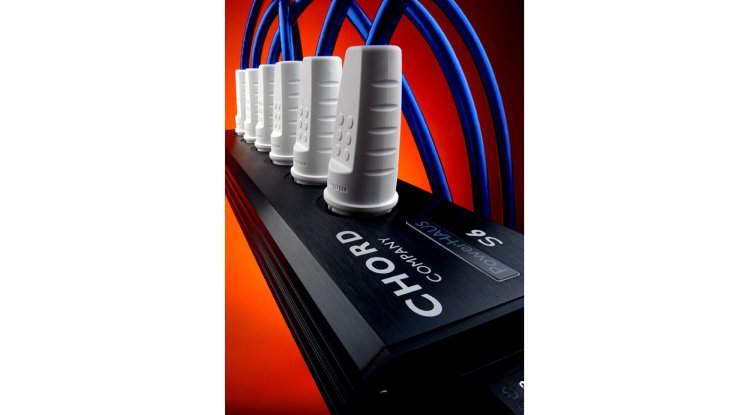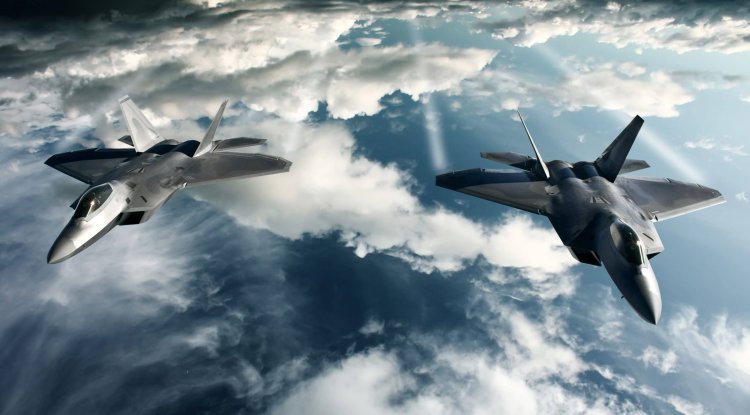The new high-tech soccer ball of the World Cup in Qatar
The new World Cup soccer ball in Qatar, despite its appearance, has groundbreaking technology in soccer.

The soccer ball used in the 2022 FIFA World Cup in Qatar contains a sensor that collects data about the ball's spatial positioning in real-time.
This type of ball-tracking technology has never been employed in a soccer world championship before. When combined with existing optical tracking technologies, the technique improves the accuracy and simplicity of VAR (Camera Dispute Analysis System) and programs like offside screening.
Although this is the first time such technology has been utilized in a major competition, it is still only "semi-automatic," and the ultimate decision is still made by a human, as seen in some matches.
Sensors
Kinexon, the world's top multi-sport performance monitoring firm, has invented a gadget that is embedded in every soccer ball used in the current World Cup.
According to the manufacturer, it is a 14-gram device that contains two distinct sensors that work simultaneously. These sensors include an ultra-wideband (UWB) sensor, which is advantageous to GPS or Bluetooth for precise positional data and can transmit real-time data to continuously track the ball's position, and an inertial measurement unit (IMU) sensor, which is designed to reveal the nuanced movements of an object in space.
The technology records every shot, header, throw and touch at a pace of 500 data points per second. That data is transmitted in real-time from the sensors to the Local Positioning System (LPS), which includes the installation of network antennas around the playing field that receive and store the data for instant usage.
When a ball goes out of bounds during play and a new ball is introduced as a replacement, Kinexon's system shifts to recording the data for the new ball without the need for human intervention.
Kinexon's in-ball gadget is backed by Adidas-supplied suspension technology, which is designed to place a sensor at a central spot inside the ball, keeping it secure regardless of what happens to the ball.
An optical tracking camera from the well-known tennis system, Hawk-Eye, is paired with that sensor. Twelve Hawk-Eye cameras are strategically placed across the stadium, with the primary purpose of tracking the ball and each player 50 times per second. Players' bodies are tracked at 29 different places, including their limbs.
When these two data sources are integrated, offside decisions may be made that are not only very accurate but also far faster than ever before. FIFA has made it a major priority for the 2022 World Cup.
Artificial Intelligence
With this in mind, data from Kinexon and Hawk-Eye is fed into an artificial intelligence (AI) system, which is configured to create automated alerts in the stadium's video room in the background. AI programs create alarms automatically, which are subsequently confirmed by match officials.
The software also generates a 3D reconstruction of geographical data that is displayed on stadium TV screens to provide fans with a direct view of every refereeing decision supported by the technology.
That data is received at 500 Hz by Kinexon's ball tracking technology, implying genuine positioning gaps of less than two milliseconds. Kinexon and Hawk-Eye data is precise and synchronized to the millionth of a second.
Does all this bother the players on the field?
Finally, another critical element is to ensure that the installation of sensors inside the ball is unnoticeable to the game's players. Adidas was in charge of such experiments, which were carried out in two methods.
The first was soccer player testing in Spain, Germany, and England to discover if players could tell the difference between "regular" balls and balls with built-in sensors without previously knowing which balls they were.
The second stage involved testing with a mechanical shooter in a laboratory setting. Robots can be designed to "kick" the ball at various speeds, spins, and directions.
The flight of the ball is then assessed by high-speed cameras to ensure that the presence of sensors does not cause aberrant flight trajectories.
There are no perfect scenarios
However, none of the preceding ensures a flawless football game. Unforeseen occurrences are not uncommon in the field of technology. Equipment can malfunction.
Even if the technology works flawlessly from start to finish, it may be difficult to persuade some die-hard football fans that, for example, their pet on the field is incorrect.
Such things are unavoidable, but the firms involved are confident that they have met all of the necessary parameters for the introduction of this new level of technology in the world's most important football competition.
Post by Bryan C.





























